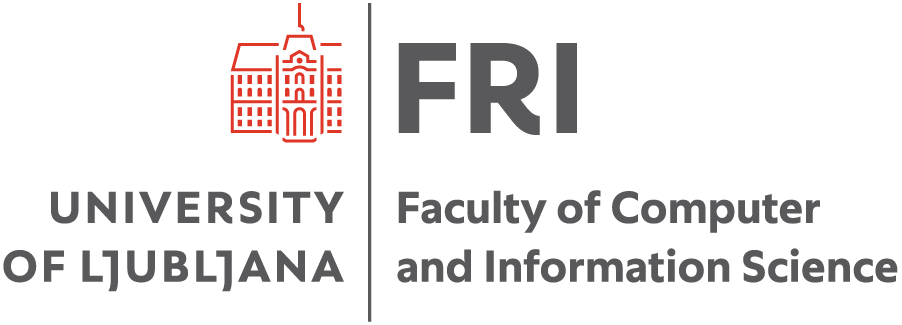- Deep learning in image analysis in Nature Communications
The prestigious journal Nature Communications published an article by researchers from the Bioinformatics Laboratory of UL FRI and associates, entitled "Democratized image analytics by visual programming through integration of deep models and small-scale machine learning". Congratulations!
In the article they present a simplified, open access to deep models that enable photograph analysis. They showed how it is possible by extracting photograph attributes to cluster them or use them to build predictive models. In the article they show the applicability of vector insertion in three biological cases, although deep models can also be used in very diverse domains.
Summary:
Analysis of biomedical images requires computational expertise that is uncommon among biomedical scientists. Deep learning approaches for image analysis provide an opportunity to develop user-friendly tools for exploratory data analysis. Here, we use the visual programming toolbox Orange to simplify image analysis by integrating deep-learning embedding, machine learning procedures and data visualization. Orange supports the construction of data analysis workflows by assembling components for data preprocessing, visualization and modelling. We equipped Orange with components that use pre-trained deep convolutional networks to profile images with vectors of features. These vectors are used in image clustering and classification in a framework that enables mining of image sets for both novel and experienced users. We demonstrate the utility of the tool in image analysis of progenitor cells in mouse bone healing, identification of developmental competence in mouse oocytes, subcellular protein localization in yeast, and developmental morphology of social amoebae.
The article is open-access available to read at:
